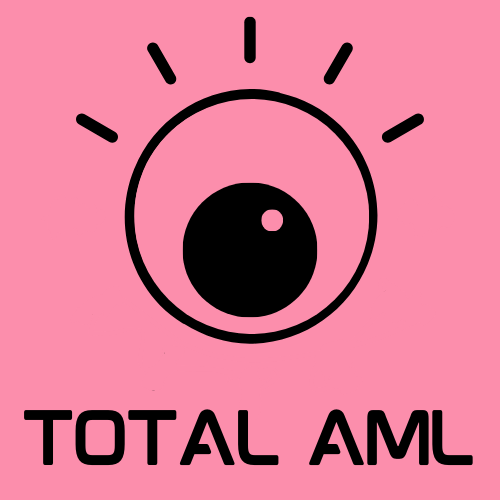Submissions Wanted
The Australian Transaction Reports and Analysis Centre (AUSTRAC) is seeking submissions on draft updated guidance on alternative identification processes that anti-money laundering and counter-terrorism financing (AML/CTF) reporting entities can use to assist customers who may have difficulty providing standard identification.
Proposed changes
To verify someone’s identity, you need to use reliable and independent documentation, which includes a driver’s licence or a passport. However, some individuals may not be able to provide such documentation, for example, Aboriginal and Torres Strait Islander peoples, people affected by natural disasters or domestic violence, those experiencing periods of homelessness, refugees, intersex, transgender and gender diverse people, to name a few.
To foster a more flexible approach for these individuals, the proposed changes are as follows:
The current guidance allows for alternative identification to be used only for low-risk customers. The new draft proposes that you can accept alternative identification for medium or high-risk customers, provided that adequate steps to mitigate the money laundering and terrorism financing (ML/TF) risks are put in place. In assessing whether applying a flexible approach, you should consider:
the person’s specific circumstances and their ML/TF risk profile
the transactions you would expect from the customer
whether you expect to see regular, verifiable sources of income/funds and expenses
Where you establish that a customer is facing long-term barriers to accessing documents, it may not be appropriate to request that they provide standard documents as soon as possible. In the draft guidance, AUSTRAC recommends that you look to move the customer towards conventional identification documents if or once you become aware of long-term barriers being lifted.
You can apply ongoing customer due diligence (CDD) based on a customer’s overall ML/TF risks, rather than applying a higher level of ongoing CDD solely on the basis that a customer has been identified using alternative procedures. To exemplify this, AUSTRAC proposes the following case study:
A reporting entity assesses that a customer who cannot access conventional identification documents presents low ML/TF risk, and it allows the customer to verify their identity using a written reference from the customer’s employer.
The reporting entity later detects unusual transactions that cannot be connected to any legitimate source and re-assesses the ML/TF risk of the customer as high.
The ML/TF risk is connected to the source of the customer’s funds, not their identity. Therefore, the reporting entity conducts a source of funds check. While this check is being completed, the reporting entity does not require the customer to provide any further identification documents.
The source of funds check establishes that the transactions came from a legitimate source. The customer’s risk rating is reassessed as low, and no further identification information is required.
The current guidance states that you must use reliable and independent documents or data to verify a customer’s identity to reduce ML/TF risk. The proposed draft states that you should. Examples of alternative methods are:
an Indigenous community identity or organisation membership card
correspondence from a government authority that shows the customer's name
a referee statement (you may consider asking your customer to request that the issuer of the document send it directly to you from their official email address and copy in the customer).
The current guidance does not mention the possibility of using recently expired identification documents as a form of alternative identification. The draft guidance introduces this possibility.
What’s next?
Submission deadline is 30 October 2024. Get in touch if you want to talk about the draft guidance or a potential submission.
